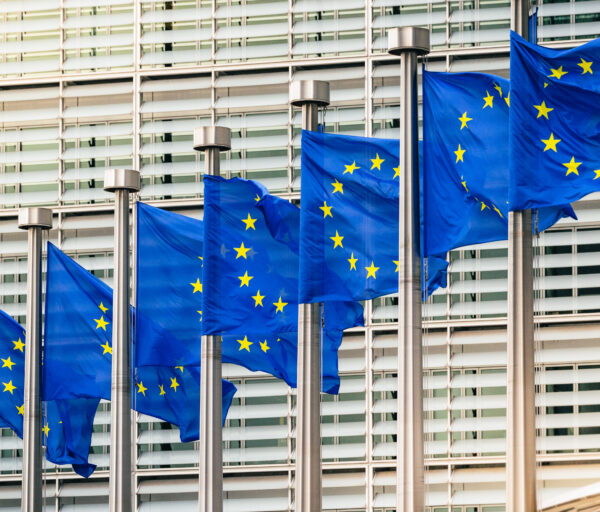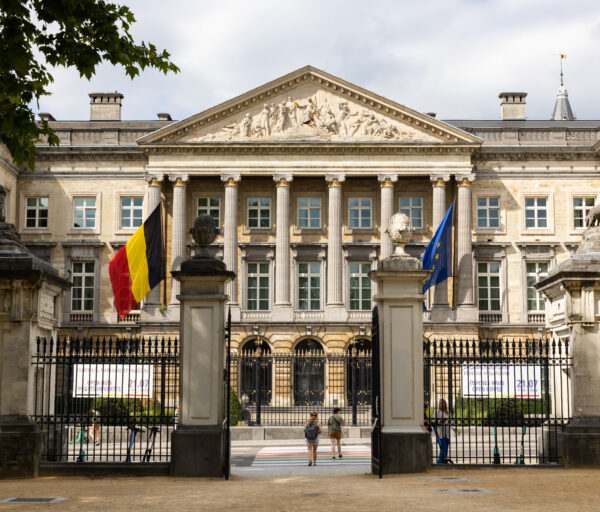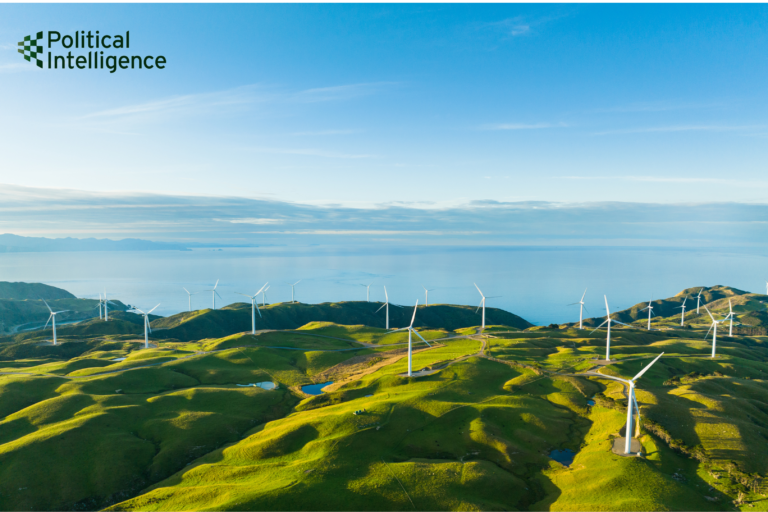At the onset of a new mandate, the European Union energy policy is undergoing a fundamental shift. The Competitiveness Compass, the EU’s roadmap for the next five years, marks a clear change in paradigm: decarbonisation is no longer just an environmental commitment but the only structural way to achieve energy security in an unstable geopolitical landscape.
This vision is clearly outlined in the EU’s plan for industrial decarbonisation unveiled on 26 February, the Clean Industrial Deal (CID). The plan aims at turning clean energy and sustainability into economic opportunities, helping European industries lead the global transition while staying competitive It is built around six pillars of action: (1) affordable energy, (2) lead markets, (3) financing, (4) circularity and material access, (5) global partnerships, and (6) workforce skills.
While these ambitions present big opportunities, they also introduce five major risks that businesses in cleantech, energy efficiency, transport, and renewables must anticipate and manage to stay ahead.
1. Regulatory uncertainty and complexity for cleantech
Although EU-made clean technologies are a strategic priority under the CID, companies still face fragmented and complex regulatory environments. Two key issues stand out:
Permitting for renewable and grid projects remains slow in many Member States. By early 2025, only seven jurisdictions had fully adopted faster permitting rules. This is a fundamental concern, as the decarbonisation plan of the EU is based on mass electrification of energy intensive sectors such as buildings and transport. The CID proposes expanding these rules to energy storage and industrial decarbonisation projects, but adoption remains uneven.
Cleantech subsidies are also fluctuating. A new State aid framework revision is expected by mid-2025 to align with CID priorities. Until then, investors face uncertainty over how much support will be available and are seeking clarity to best position themselves on potential opportunities. From regulatory fragmentation and delayed targets to supply chain volatility and infrastructure shortfalls, the coming years will reward businesses that adapt early, monitor developments closely, engage with policymakers, and build flexibility in strategic planning.
2. Delays on the 2040 climate target
The EU Climate Law requires a 2040 emission reduction target to bridge the path to net-zero by 2050. The Commission has proposed a 90% reduction from 1990 levels, but the legislative timeline is slipping. Initially expected in Q1 2025, the revised target has now been delayed without a confirmed date.
The Commission may allow more flexibility, such as a slower emissions reduction path or use of international carbon credits to meet targets, which could raise concerns over increases of total emissions, market flooding and reduced carbon prices. This adds uncertainty for clean energy investors, facing shifting policies and delayed climate ambition towards 2040 goals. Nonetheless, support from Germany’s new coalition government signals continued political momentum behind this objective.
3. Infrastructure bottlenecks and grid deployment
Grid constraints such as delays in grid connections, renewable curtailment, and rising management costs are widespread. In 2023, Spain spent €2 billion managing grid congestion, more than it invested in upgrading the grid system.
The EU’s Affordable Energy Plan includes measures to accelerate grid buildout, includes faster permits, new planning rules, and support for smart grids. However, implementation is slow, and many Member States still lack shovel-ready projects. Businesses relying on grid access – such as EV charging operators, electrified transport providers and data centres – should account for these bottlenecks in their planning and advocate for infrastructure reform.
4. Geopolitical dependencies and trade tensions
Europe’s cleantech supply chains are deeply globalised – and exposed, making them vulnerable to global shocks and geopolitical tensions. China currently accounts for around 80% of solar panel production and nearly all solar wafers, and dominates key minerals used in wind turbines and EVs.
In 2023 the EU opened an inquiry into low-cost Chinese EVs and proposed tariffs, highlighting potential trade risks. Recently announced tariffs by the Trump administration are also undermining global supply chains and transatlantic trade.
In order to reduce dependency, the Net-Zero Industry Act sets a target for 40% of cleantech manufacturing to be EU-based by 2030, while the Critical Raw Materials Act limits reliance on any one country to 65%. These measures are key to reducing long-term dependency, but in the short term, cleantech manufacturers, battery makers, and renewable project developers must manage volatility in global supply lines by securing alternative suppliers, investing in recycling, and monitoring geopolitical shifts that could affect their cost base.
5. Weaker energy efficiency push and implications for ESCOs
Even being one of the fastest and cheapest ways to reduce emissions and costs, energy efficiency is often overlooked. The CID barely mentions it, and the Affordable Energy Action Plan includes only vague references to possible guarantee schemes for efficiency investments.
The Commission’s regulatory simplification agenda might be rolling back some energy efficiency requirements rules, especially for SMEs. Potential changes to the Energy Performance of Buildings Directive (EPBD) and the Renewable Energy Directive (RED) are also under discussion.
The EED currently requires companies above certain energy consumption thresholds to implement an energy management system or undergo an energy audit, which could be relaxed or removed under the simplification agenda. The omnibus is also expected to define small and mid-cap companies and exempt them from some obligations currently applied to large firms. The scope of the package remains under discussion.
While reducing administrative burden can be positive, any watering down of efficiency standards would directly impact Energy Service Companies (ESCOs), building technology providers, and digitalisation firms that depend on strong efficiency targets and incentives.
Conclusion: proactive adaptation and engagement will be crucial
The Clean Industrial Deal is a turning point in EU industrial and energy policy. It offers major opportunities in electrification, renewables, transport, and digital solutions but the presented risks underscore the need for early adaptation.
From regulatory fragmentation and delayed targets to supply chain volatility and infrastructure shortfalls, the coming years will reward businesses that adapt early, monitor developments closely, engage with policymakers, and build flexibility in strategic planning. By understanding the risks now, companies can position themselves to lead in Europe’s transition to a cleaner, more competitive economy.
Should you wish to know more about this fast-moving regulatory landscape, anticipate risks and take advantage of opportunities, do not hesitate to contact our Energy and Mobility Team at agathe@political-intelligence.com or sara@political-intelligence.com.
Marco Gerbino – EU Energy & Mobility Consultant, Brussels








